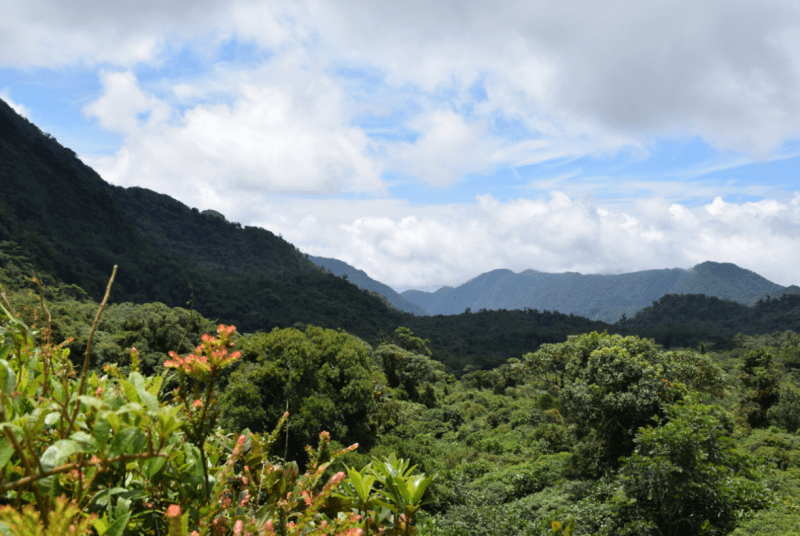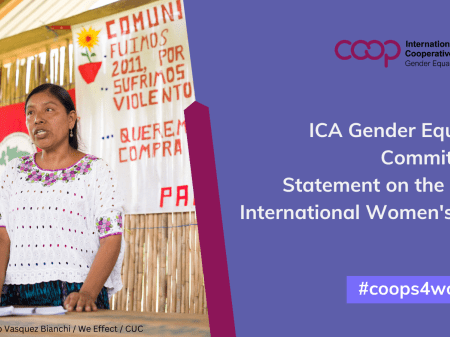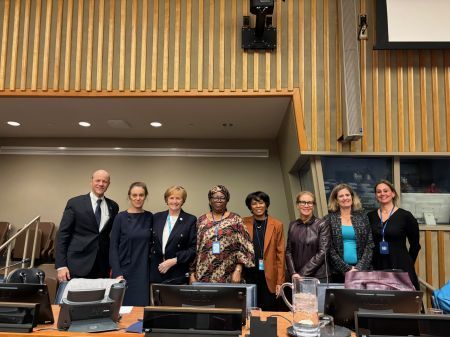
At Coopelesca electric cooperative in Costa Rica concern for the environment is a cornerstone principle. While it accounts for only 0.03% of the earth's surface, Costa Rica is home to nearly 6% of the world's biodiversity. A system of National Parks and Reserves covers an area of 1,342 hectares or 25.6% of its land area.
A consumers’ cooperative offering electricity, broadband and cable TV packages, Coopelesca is also helping to regenerate biodiversity at the National Park Juan Castro Blanco in the Northern part of the country.
Every time they pay their monthly electricity bill, members make a social capital contribution of ₡200(US$0.35). Using these contributions, the cooperative was able to purchase 1,124 hectares in the Juan Castro Blanco National Water Park, and is now working towards regenerating the park’s astonishing biodiversity.
The National Park boasts plant and animal species such as Ocelots, Tayras and the Rancho Redondo frog. The cooperative’s conservation efforts help to preserve the park and its wildlife.
The area also includes the Lake Pozo Verde, a 15 meters deep lake of volcanic origin located 1,850 meters above sea level with enormous tourism potential.
The cooperative uses cameras to capture the wildlife protected. This year, the cameras have managed to capture animals such as: ocelots, coyotes, the striped hog-nosed skunk, tayras, mountain rabbits, white-nosed coatis, armadillos, weasels, mountain hens, and other species of birds.
These cameras are particularly important for capturing the activity of nocturnal animals such as the ocelots. As part of the maintenance process, environmental experts tour the forest every two months accompanied by the Coopelesca’s employees to ensure everything runs smoothly.
The cameras used by the cooperative are activated automatically when they detect heat or movement. They have been set up on tree trunks at a certain height to be able to capture the variety of species that are increasingly common in this National Park.
The cameras help to keep a record of the wildlife present within a three-kilometre area, from the Pozo Verde Lake to the sulphur mines sector.
In true cooperative spirit, Coopelesca shares the information gathered with a network of natural parks and reserves. The area managed by the cooperative forms part of the Paso de Las Nubes Biological Corridor, which connects the Juan Castro Blanco National Water Park with the Alberto Manuel Brenes Reserve, in San Ramón de Alajuela.
Costa Rica has 44 biological corridors, which represents about 33% of the continental territory. These play a key role in the country’s conservation strategy by providing connectivity between protected wild areas, as well as between landscapes, ecosystems and habitats.
Managing director of Coopelesca, Miranda Murillo says the main aim of the cooperative is conserve the park and protect its wildlife habitat while ensuring the area continues to provide abundant water for the Northern Zone, which is home to several protected areas, lakes, lagoons, volcanoes, rivers and waterfalls. The cooperative plans to do even more by reinvesting money raised from charging visitors fees into acquiring more land.
“The income we generate through this project will be reinvested in the protection and acquisition of lands that are now in private hands and that must be transferred to an organisation like Coopelesca, for absolute conservation," she said.
In addition to supporting biodiversity, Coopelesca is also championing renewable resources through five hydroelectric power stations. It is working towards offering 100% renewable energy.




